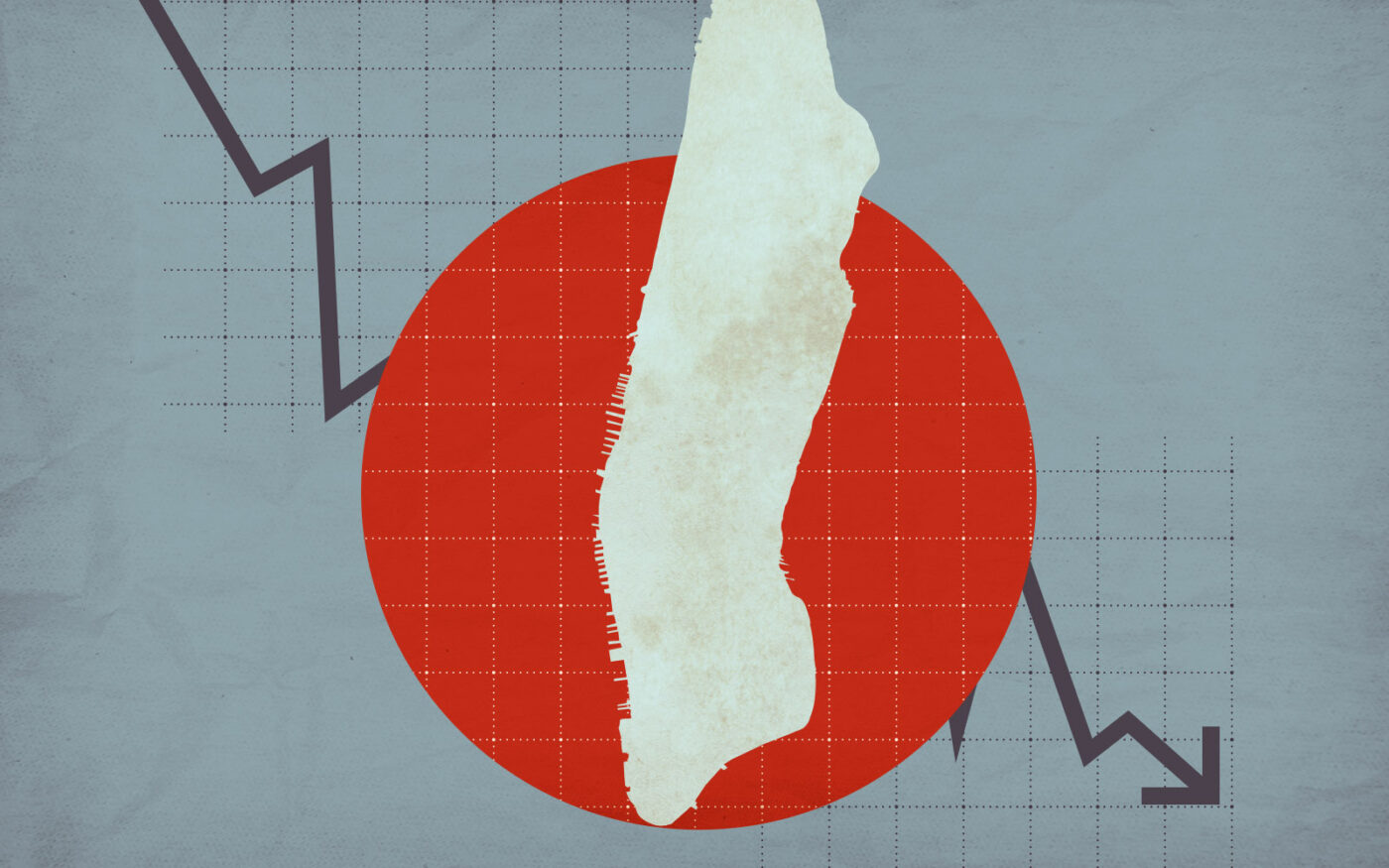Manhattan office leasing fell significantly in the first quarter, even as some submarkets battled their way back to near-normalcy.
Leasing activity was down almost 25 percent from the previous quarter, amounting to just 6.33 million square feet, according to Colliers’ report.
A drop in demand is common in the first quarter, but a decline of this size is rare. Total leasing volume fell below the five-year rolling quarterly average.
“It’s not unusual for leasing demand to drop off between the end of the fourth quarter and the first quarter,” said Frank Wallach, the report’s author. “It was the scale of the decrease.”
The availability rate in March was 18.1 percent, a record high for the end of a quarter but a slight improvement from February’s 18.2 percent.
The largest deal was Michael Kors’ renewing its 203,000-square-foot lease at Tishman Speyer’s 11 West 42nd Street. Law firm King & Spalding signed a new 175,000-square-foot lease at Vornado Realty Trust’s 1290 Sixth Avenue.
Burlington Stores expanded its lease at Empire State Realty Trust’s 1400 Broadway, and jewelry brand David Yurman did the same at Hudson Square Properties’ 200 Hudson Street. Both firms signed for more than 150,000 square feet.
As always, leasing trends differed immensely from one neighborhood — and one avenue — to the next. Availability increased in Midtown and Downtown, while Midtown South had positive absorption, meaning more space was leased than went back onto the market.
Within Midtown, Park Avenue enjoyed the strongest quarter, reaching its lowest availability rate since the first quarter of the pandemic (in 2020) at 11 percent. Meanwhile, Sixth Avenue’s availability rate was 11.2 percent. A market hits equilibrium at 10 percent availability, Wallach said, meaning at that level, neither landlords nor tenants hold any particular leverage.
Some industry insiders have suggested that the flight to quality might be ending, but leasing data suggest otherwise. Class A office space dominated leasing activity, capturing over 69 percent of the volume although it makes up less than 65 percent of Manhattan’s office inventory.
Changes in asking rents also hint at the trend’s staying power. Overall asking rent fell for the third straight quarter in Manhattan. But Class A landlords actually increased their prices to $80.38 per square foot, a modest 0.4 percent increase. Asking rents fell at Class B and C buildings by 1.4 percent and 3.3 percent, respectively.
At $74.51 per square foot, overall asking rents are still 6.2 percent below the city’s pre-pandemic number.
One trend that has started to reverse course has been sublet availability. Sublet supply rose by 0.34 million square feet in the first quarter after decreasing for the previous three quarters.
At 20.69 million square feet, the city’s sublet supply is up about 74 percent from March 2020. But it has actually decreased since March 2023 by more than 6 percent.
Read more



